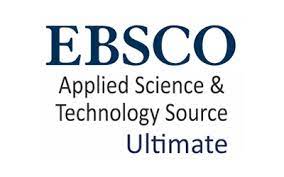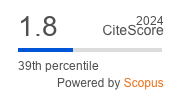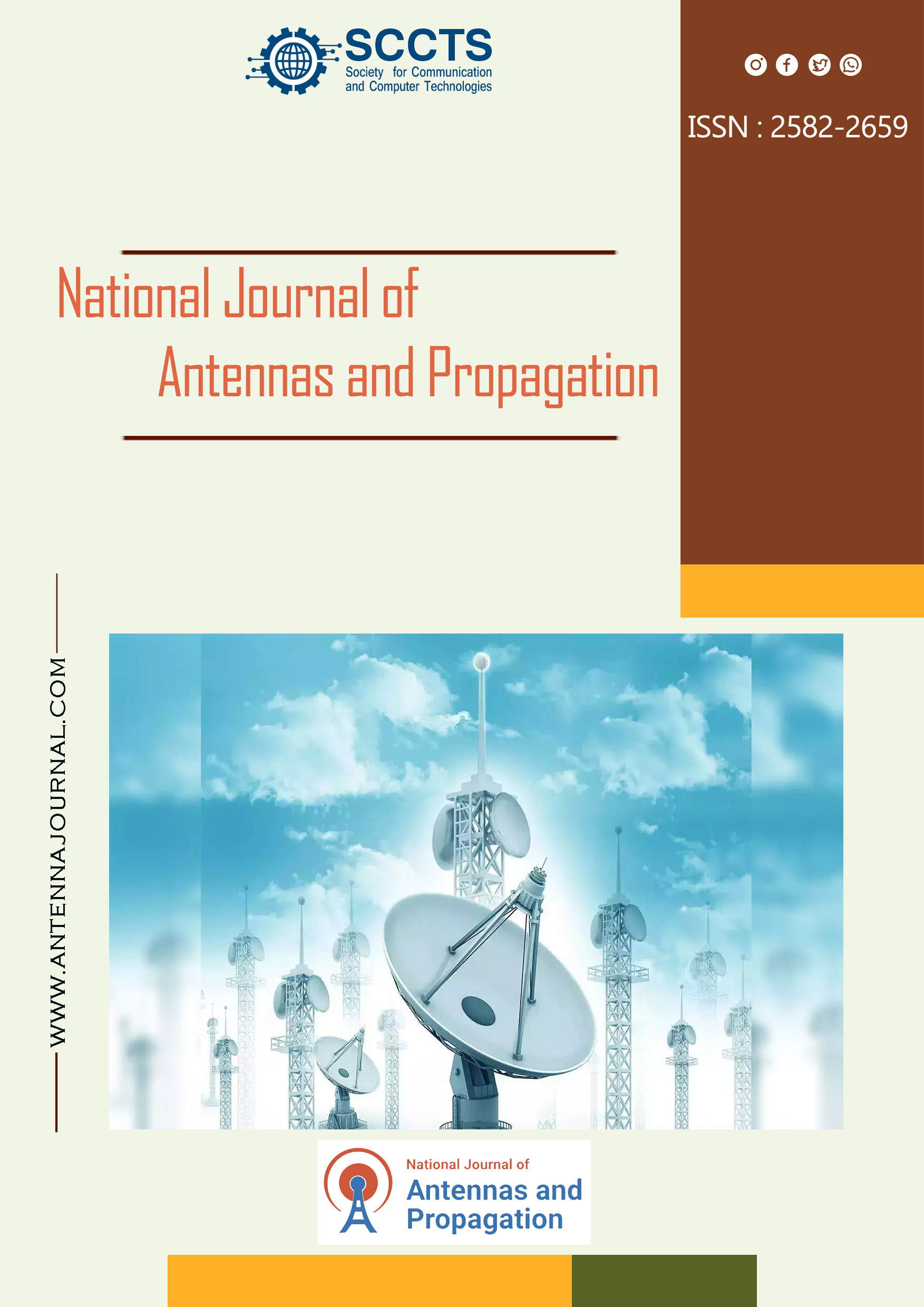Deep Reinforcement Learning for Self-Healing Communication Networks: Addressing Node Failure and QoS Degradation in Dynamic Topologies
DOI:
https://doi.org/10.31838/NJAP/07.02.19Keywords:
Deep Reinforcement Learning, Self-Healing Networks, Communication Topology, QoS Optimization, PPO Algorithm, Autonomous RoutingAbstract
Current challenges to maintain service continuity and quality of service (QoS) in modern communication networks (e.g., ad hoc, vehicular and IoT driven networks) remain exacerbated in the presence of high node failure rates and dramatic topology changes. Traditional routing and recovery mechanisms, which are largely reactive or configured in a static fashion, are unfit to adapt to this level of real time disruption, thus causing additional latency, reliability issues, and degraded service. This thesis proposes a novel Deep Reinforcement Learning-based Self-Healing Framework (DRL-SHF) to consider these limitations and to develop an algorithm to automatically reconfigure network paths to deal with failures by the means of an autonomous and an adaptive approach. To continuously learn optimal routing strategies for the network, we model the network as a Markov Decision Process (MDP) and utilize Proximal Policy Optimization (PPO) an advanced DRL algorithm, and facilitate GAE to stabilize learning. By proactively observing network state, predicting where the failures are most likely to occur, and sending data through (reservable) alternate optimal paths, the system guarantees low latency, energy efficiency, and QoS aware communication. Through simulation experiments on NS-3 that combine realistic failure and mobility models with DRL based approaches, we illustrate that relying on DRL-SHF leads to a 32.6% reduction in packet loss compared to heuristic and conventional RL based methods along with an improvement in average latency by 27.8% and throughput by 18.4%. These findings validate the use of the framework for deployment in next generation self-organizing networks focused on 5G, IoTs and mission critical communications scenarios where real time resilience and autonomy are critical.











